A Visit to Game On – A Gaming Museum Exhibit

Game On is a touring exhibition designed to chronicle the history of video games, and ask why they have continued to endure as a medium for so long. It started in 2002 in the Barbican Center in the UK in 2002 and has since found its way to several cities across the globe.
Now, the exhibition has finally made its way to Tokyo, debuting at the Miraikan (a science museum) earlier this month. It’s actually kind of amazing that it’s taken this long for the exhibition to come to Japan when you consider just how much the history of video games is tied to Japan and Japanese companies.
While Japan didn’t invent the video game, companies like Nintendo and Sega certainly helped perfect it, and without them the gaming landscape would look drastically different than it does today. Gaming, especially home gaming, had nearly died in the the early 80s thanks to Atari glutting the market with countless pieces of shovelware, and it wasn’t until Nintendo released the Americanized version of the Famicom hardware, dubbed the Nintendo Entertainment System, that the gaming market would be revitalized, sowing the seeds for the juggernaut is it now today.
That is just one of many facts you won’t find at Game On.
For an exhibit that purports to document the history of gaming throughout the world and its lasting effect on people, it’s pretty sparse in terms of historical information. But, as a place to play a bunch of amazing classic games, check out some new and upcoming tech, and scope out some rad gaming ephemera from the decades past, it’s fairly rad.
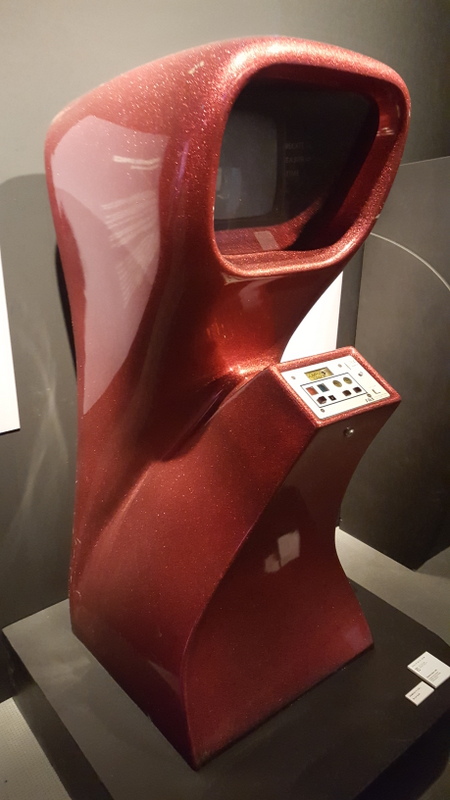
Computer Space. The first arcade game.
Things are presented in a somewhat loose chronological order. Upon walking in you’re immediately greeted with a non-working cabinet of Computer Space, the first commercially-released arcade game. From there, there’s a brief tour of classic quarter-munchers, with a focus on high score focused games from the golden age of the arcade. Most of the included games are no-brainers, like Pac-Man (presented in its original “Puck-Man” cabinet), as well as fellow classics like Missile Command, Donkey Kong, Marble Madness and Xevious. However, a few odds and sods are thrown into the mix as well, such as a random Neo Geo cabinet and Elevator Action 2. Maybe someone found one in a warehouse and decided what the hell?
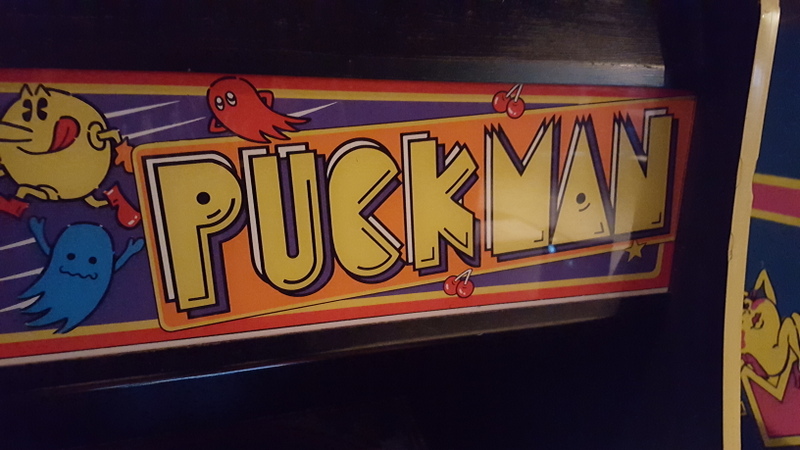
Puck rhymes with you know what. So they changed the name.
Next to the them are other classic arcade games that were focused on presenting a more interactive or immersive experience via cabinets that featured motion-based gimmicks. Lots of Sega here, thanks to their amazing original cabinets for games like Afterburner, Hang-On and OutRun, which is presented in its original moving cabinet design.
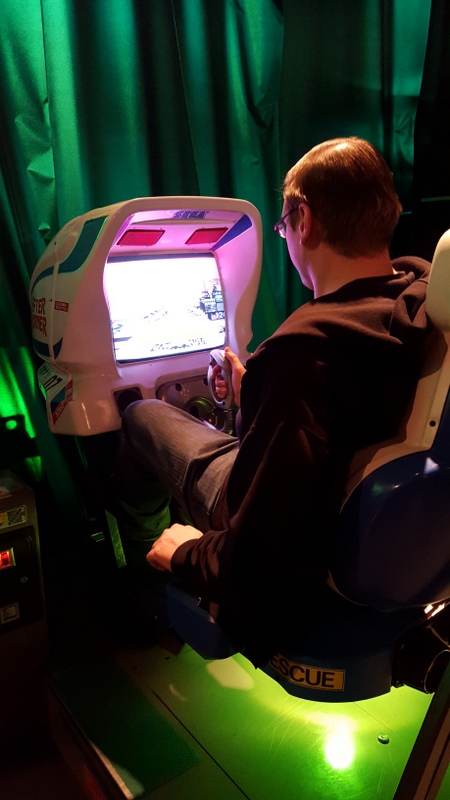
I still suck at Afterburner.
I was very impressed with how well most of these old machines worked. There were a few kinks of course, Berserk was just completely non-operational, and the monitor for Afterburner was a little wonky, but other than that they all seemed to work fine. OutRun in particular still looked, played and even sounded amazing. The behind-the-ear speakers in the seat pumped out “Magical Sound Shower” as clear as day.
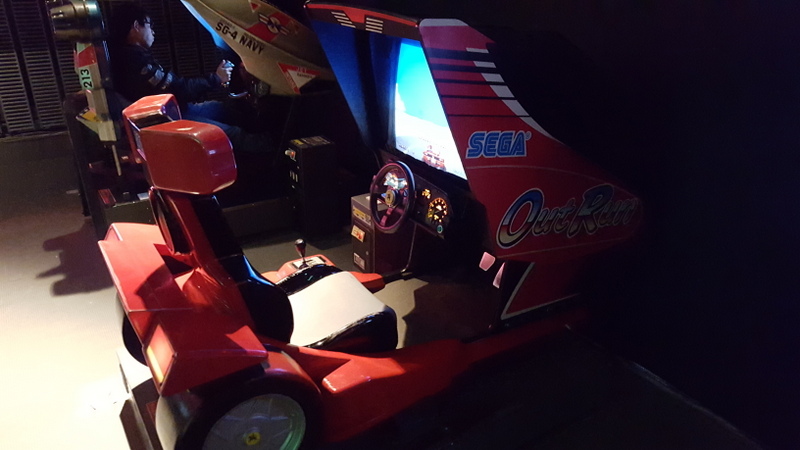
OutRun is still a good video game.
From there things slowly move forward from the dawn of home gaming up to the modern era and beyond, with a tiny glimpse of Sony VR at the end of the display. The system-themed displays were some of my favorite. With classic gaming consoles from the 70s to today showcased behind glass, usually with another system by the same company displayed above the. Here, you can play some original Rockman (Mega Man) on a Famicom, check out Fantasy Zone on a vintage Sega SG-100 or even give Tempest 2000 on the Atari Jaguar a whirl (spoiler alert: that game is dope).
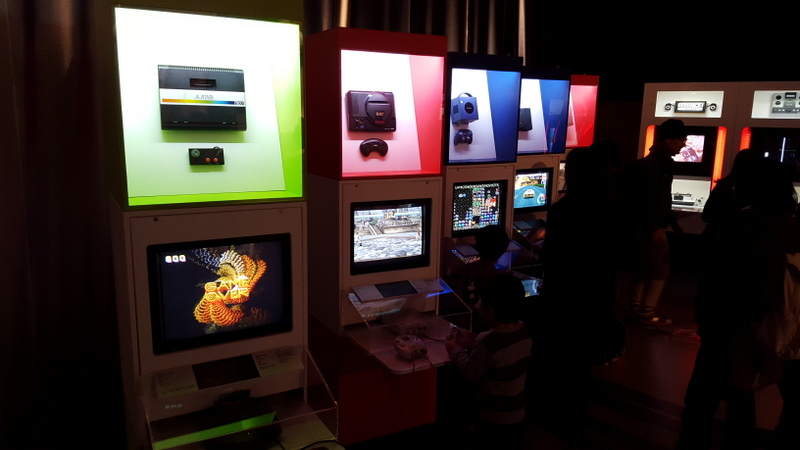
The 7800 never looked so good.
Out of anything in the exhibit, this area feels the most like something you’d find in a proper, modern museum. The displays are well-done and sleek, with the ambient lighting giving each system an aura of respect (even the Atari 7800), and the games they chose were usually top-notch, and well-represent what each system had to offer, although I do wonder why they chose D as the best game to showcase the power of the 3D0. I know it was slim pickings, but that isn’t really a game that lends itself to a pick up and play environment.
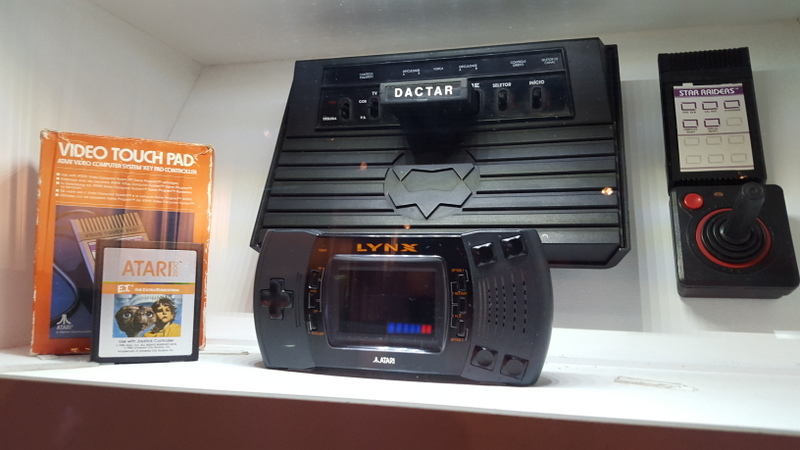
The Brazilian Atari 2600. Weird.
From there, things start to fall apart a bit in terms of presentation. There’s a section dedicated to multiplayer games, but many are set up only to be played in single-player mode. A quick section briefly mentions violence in video games, but aside from a display dedicated to GTA, its not really focused on.
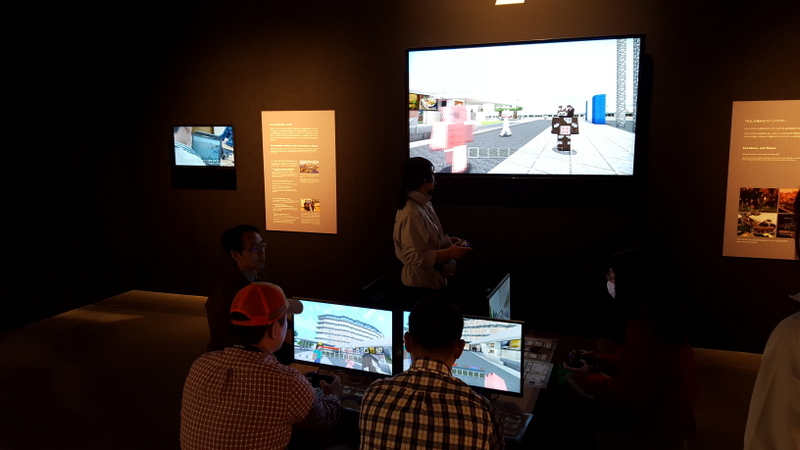
And Minecraft. Because Minecraft.
And later areas just seem entirely random. A home edition of Beatmania is set alongside a copy of Guitar Hero, and that makes sense, but why the hell is there a full-sized Star Wars game cabinet behind them? Shouldn’t that be in the arcade section? And the area dedicated to the future of gaming seemed even more scattershot. Indie games like Papers Please are given displays, which is great, but a minor section to mobile games is nothing more than a pile of phones chained to the ground. Next to them is a full-band setup of Beatles Rock Band. Why the Beatles edition? Good question. Who knows.
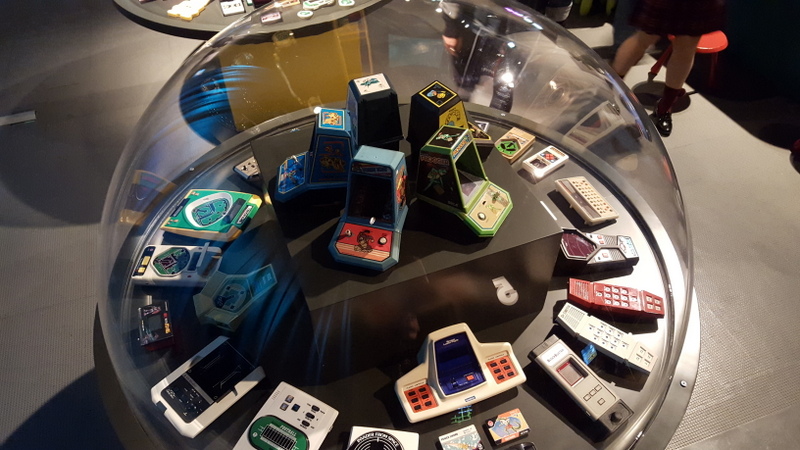
The selection of portable devices was pretty spectacular.
The poster/flyer art for Game On features a woman totally flipping her lid playing Sony VR, so you would expect that would be on display and ready to play, right? Well, it is in a manner of speaking, but if you go there expecting to give it a test run, don’t get your hopes up. Tickets for Sony VR are separate, and by the time I got there around noon they were completely sold out for the day. From what my boyfriend and I could tell, you can’t reserve tickets ahead of time and you can’t buy them online. You have to show up at the museum when it opens and get a ticket, and you might end up waiting around the museum for hours until you can play a demo. If you didn’t have a ticket you could wait in a standby line in hopes that someone else didn’t show, but in the time I was there that line barely moved. This was made doubly annoying/stupid/asinine as I would often see multiple VR units unmanned with an attendant dutifully standing next to them, but they were still off limits for reasons unknown. And I can’t chalk this up to a language barrier either, my boyfriend is Japanese and he couldn’t figure out the deal even after talking to the staff for several minutes. The exhibit is still in its early days, and I hope in the coming weeks they work on the messaging for this, it’s a mess right now.

I couldn’t play VR. But there was Pong!
Game On feels rather haphazard. Its version of gaming history appears to be little more than putting a bunch of games in a room in relative chronological order and not much else. And that’s fine, I suppose. It’s certainly fun! I spent over two hours there going through all the games they had. I was especially impressed with the arcade selection. I hadn’t seen an original Pole Position cabinet in over 25 years I suspect, and the one they had looked nearly brand new.

Damn straight you give Space Invaders a full display.
But video games have been around nearly half a century. It’s getting to the point where it’s all but impossible to accurately portray the history of gaming, and the multitudes of things that would entail, in a single exhibit. The people behind Game On are just trying too hard to show too much in too little of a space. It would be better to focus on a specific aspect of gaming history, be it arcade gaming, home consoles, or even individual genres, than to cast a wide net and try to catch everything.
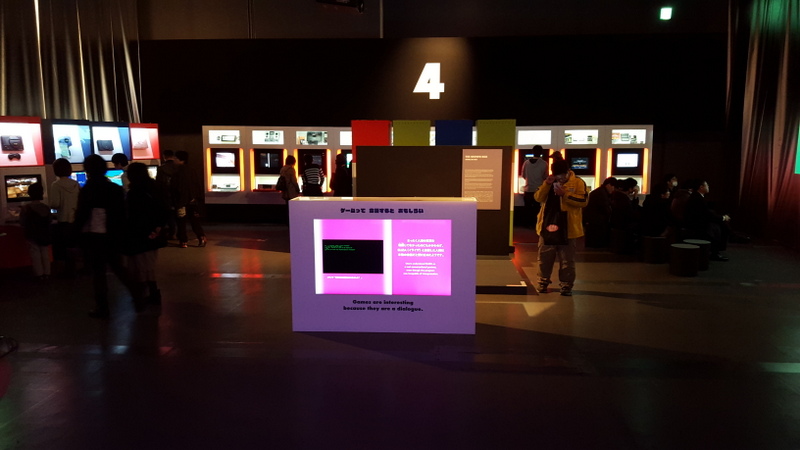
Imagine how great a detailed exhibit on the early days of arcade gaming could be? They could touch on the competitive scoring scene, have a whole gallery of fighting games, and really go hogwild with the more immersive cabinets of the 90s, throw in an R-360 or Galaxy Force. Or perhaps they could dedicate an exhibit to game consoles, that way space could be dedicated to more obscure items like the Fairchild F, the Pippen or the Vectrex. And imagine the number of crazy and out-there peripherals they could show off.
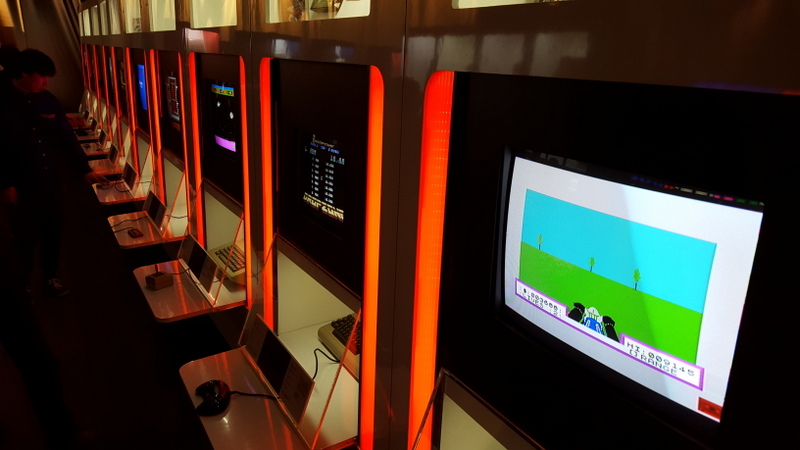
If museums really got behind gaming like they did any other form of art or technology, then we could get exhibits like these and we could really learn something about the history of games, how they’ve changed, and their impact on society. As Game On stands now, with its fragmented layout and board focus, all I really learned by going was that I’m still pretty great at Doom using just a keyboard.
Don’t get me wrong, it’s a fun exhibit and if you love games and happen to find yourself in a city where it’s being held then you should definitely check it out, but don’t go in expecting anything more than a greatest hits of gaming history, with some fun oddities thrown in for good measure.
Leave a Reply